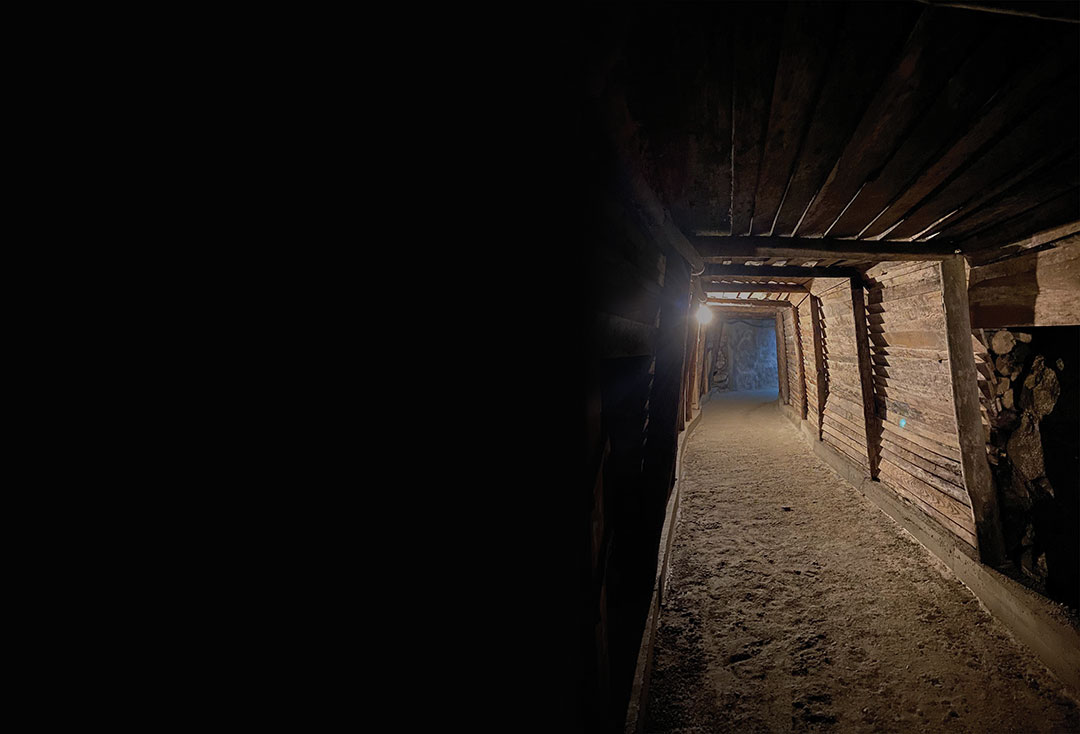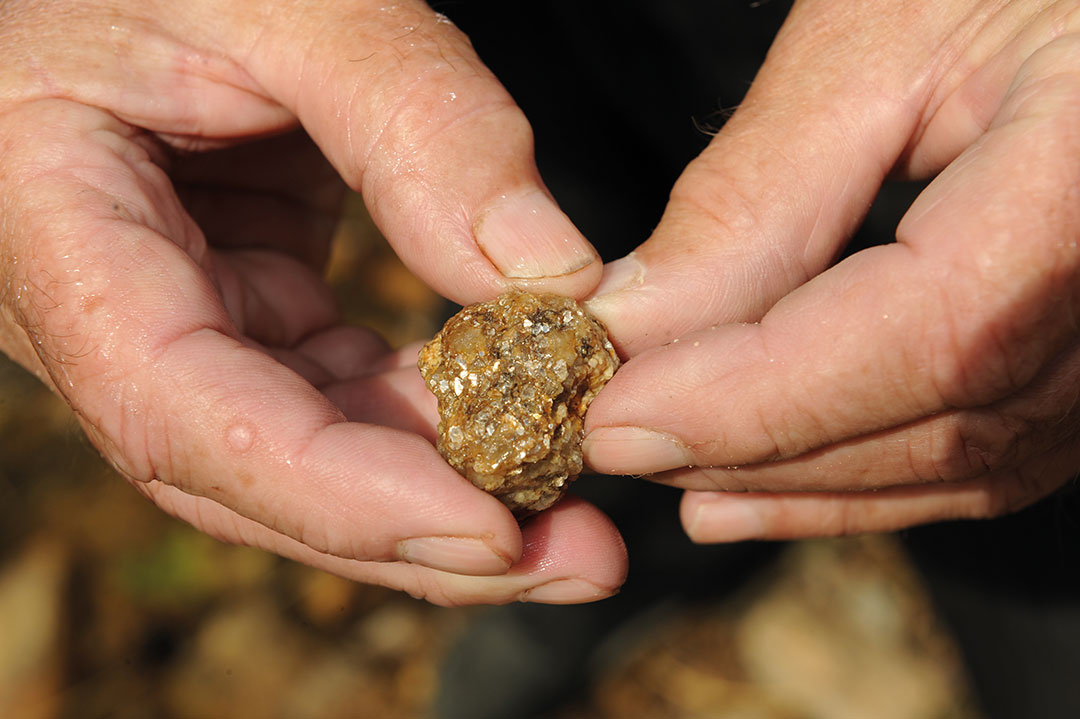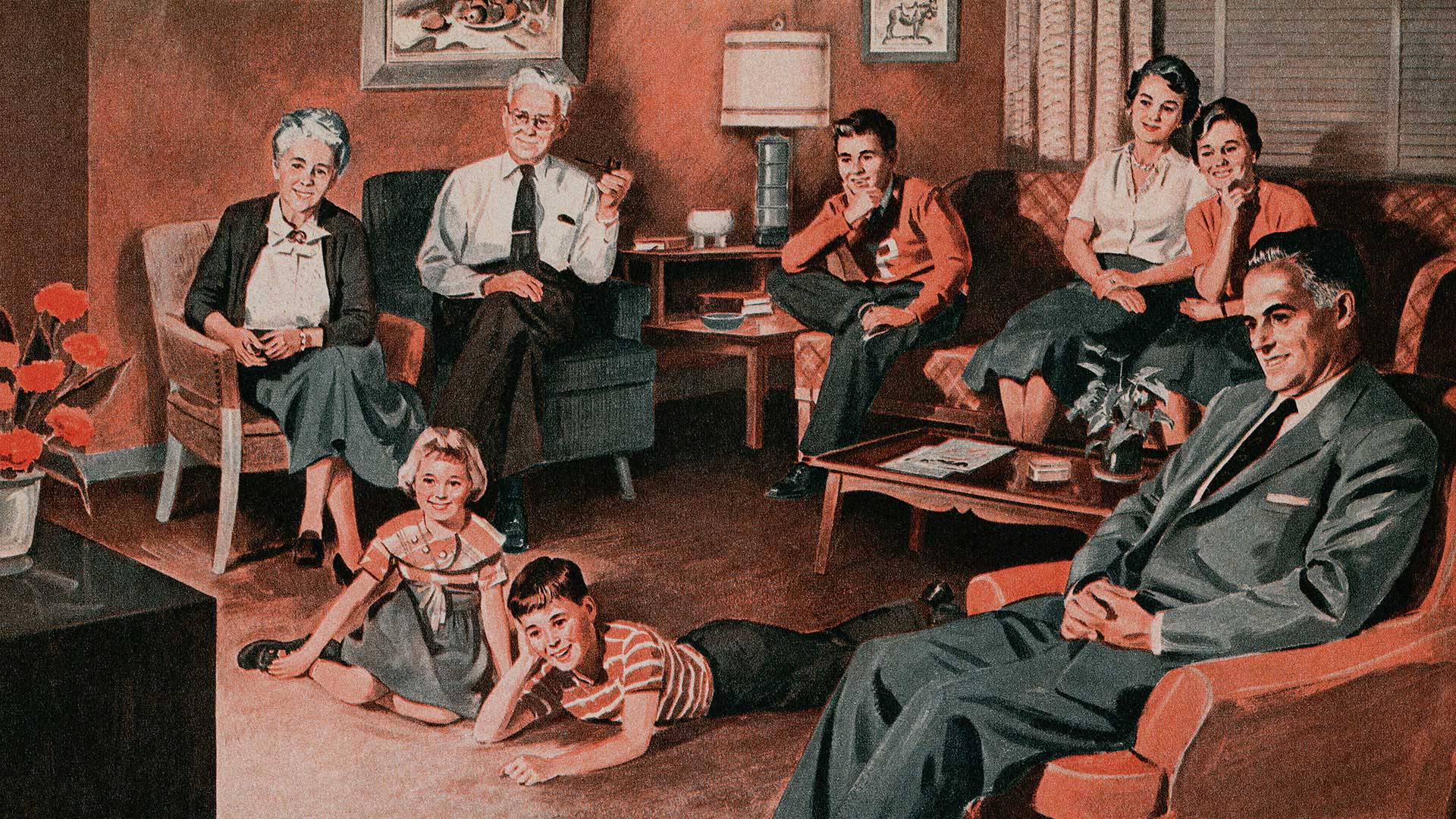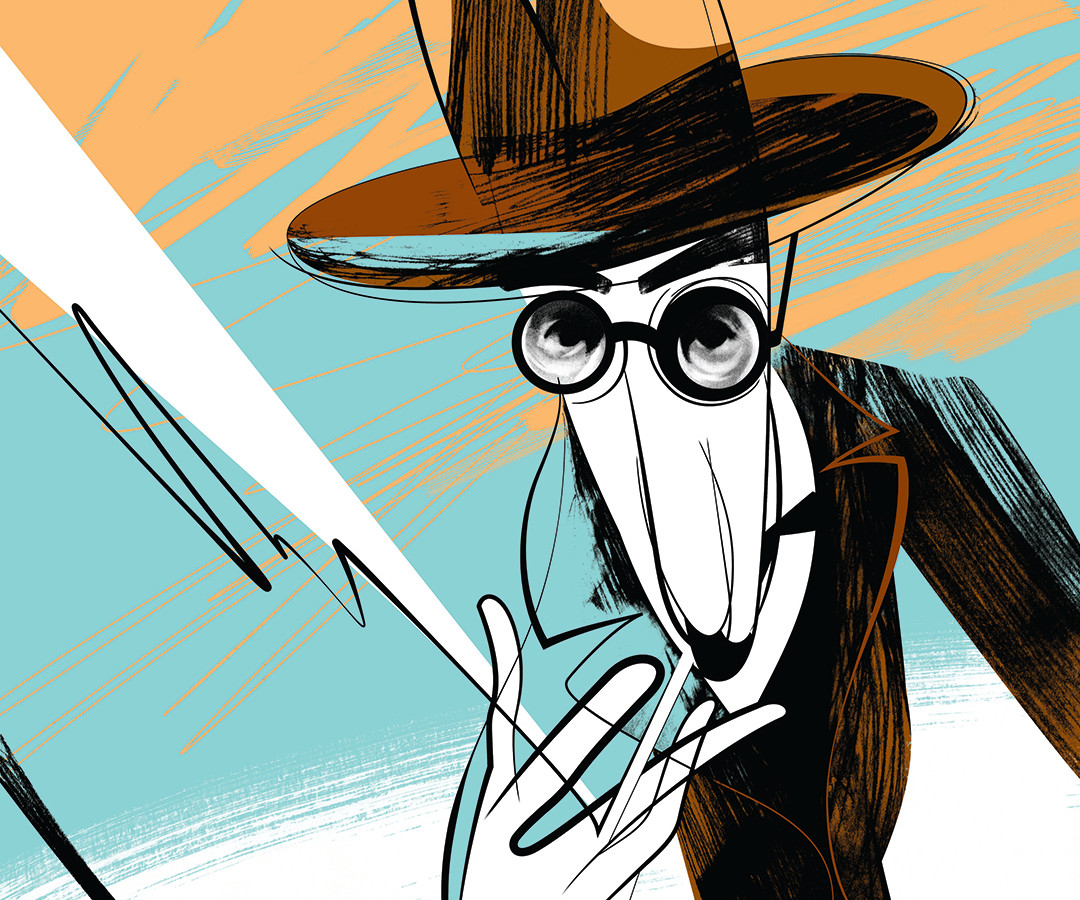
AFTER THE GOLD RUSH
“It was our whole world.” The world in question was that of César Almeida, who worked at the Jales mine for over 30 years. Following in his father’s footsteps, he got a job in the canteen when he was 14 but soon asked for a position with better prospects. “I asked for a transfer to the workshop; everyone liked to work there as a mechanic or electrician. I started as an apprentice fitter at 15 and then fitter in grades 3, 2 and 1. And at 18, I started to go down the mine”, he recalled. In underground galleries stretching for five kilometres, 120 metres deep, he remembers seeing as much as 30 kilograms of the purest and most precious of metals extracted each month. As head of maintenance at the mine, “I serviced the locomotives that drew the trolleys, the pumps that removed the water… I used to oil the lift cables when they needed it.”

In its heyday, 800 people were employed here. Many came from outside the municipality of Vila Pouca de Aguiar, in the Trás-os-Montes region of northern Portugal: “We were treated well: the company provided the miners with cottages in the miners’ village, and firewood; electricity and water were free. For lunch, we went to the canteen for a bowl of rancho (a traditional Portuguese dish of cabbage, pasta, chickpeas and potatoes). At Christmas, the boss gave the children toy cars and at Easter he gave fabric.” But the life of the miners went beyond just their eight-hour shifts: a sense of community and mutual help grew through the social events organised, leading to lifelong friendships: “There was a ballroom where we had the Carnaval dances, a football club, film screenings, theatre and a folk group.” Maria Teixeira, César Almeida’s wife, worked as a cleaner and later made cartridges.
BACK TO THE MINE
Twenty years after it closed, memories of working at the mine are being preserved at the Jales Mine Interpretation Centre, housed in the old winching house for the Santa Barbara shaft, named after the patron saint of miners. The winching house powered the lift that carried miners down to the galleries. In keeping with the wishes of the former miners, eager to preserve the legacy of the mine, and thanks to the efforts of a local association, AOURO, working to promote development in the Jales area, the project is centred on the stories of the last 60 years of mining and on the social, economic and cultural impact that the mining company had on the area.
The gallery replica offers visitors a taste of life underground, an opportunity to see the tools used in work, and a sense of miners’ hardships. Around 90% of the exhibits are privately owned and have been loaned or donated to the new museum. As explained by Patrícia Machado, an archaeologist working for AOURO, “when the mine closed, there was an auction of the bankrupt estate, and people bought the equipment to preserve the collective memory of their lives here”.

One example is a gas lamp, just one of around a hundred objects that César Almeida kept: “We used to fill the gas lamps with carbide, and they’d last for a whole day. We then filled the upper reservoir with water, which flowed through a threaded valve and that was what produced the flame”, he told us. As for the buildings, “the ones still standing are the pit head, because local people protested, and the building housing the museum itself, which is where the engines were”. The local people also asked for the club and the park areas not to be sold, but the club eventually closed due to the pandemic.
LONG LASTING MEMOIRS
Scales, helmets, telephones and work files are among the varied objects in the museum’s collection, all helping to tell the story of the golden era of the Jales mine. Between 1933 and 1992, 23.5 tonnes of gold and 81 tonnes of silver were extracted from the Campo seam. But gold was mined here as early as the 1st century when it was extracted to strike the aureus, the Roman Empire’s gold coin.
“The modern-day mine is on the same site as the Roman mine, which was an open-cast operation on the Jales plateau. The first level of the modern mine is the Roman level”, explained Patrícia Machado, adding that “the modern mine destroyed all traces of Roman mining. The old mine museum was housed in the office building and contained the Roman artefacts discovered in Jales when the modern mine started”.

TRESMINAS: BID FOR WORLD HERITAGE STATUS
In 27 BC, the Romans divided Hispania (corresponding to the Iberian peninsula) into four provinces. Portugal was part of Lusitania, which became Western Europe’s primary gold-producing region. The Tresminas complex, located half a dozen kilometres from Jales, was one of the largest gold mines in the Roman Empire, with records pointing to operations starting during the reign of Augustus (27 BC-AD 14) and continuing through to that of Septimius Severus (193–211).
The Tresminas mines were never again mined and so have remained well-preserved to this day. Local people have long dreamed of securing UNESCO World Heritage status for the Tresminas Mines, in a joint candidacy with the Spanish mines in Las Médulas in the province of Leon. The partnership is intended to improve the chances of successfully classifying the Portuguese heritage site, benefiting from the fact that Las Médulas has enjoyed this status since 1997.




